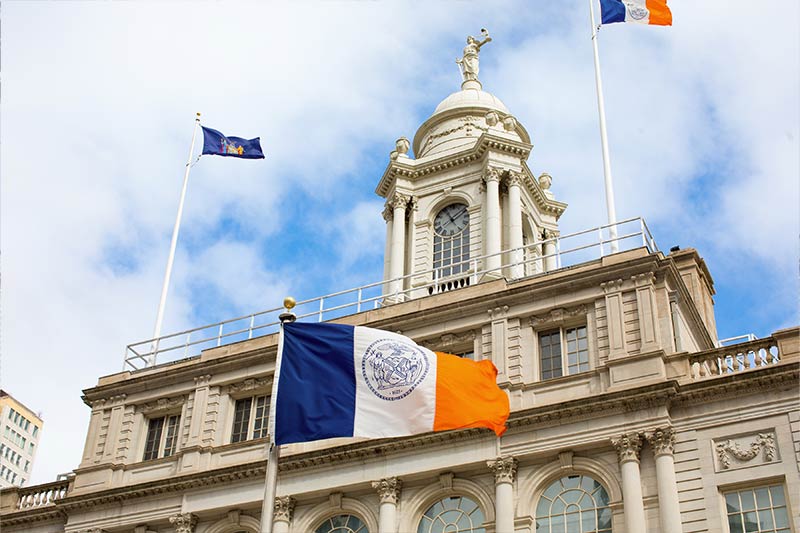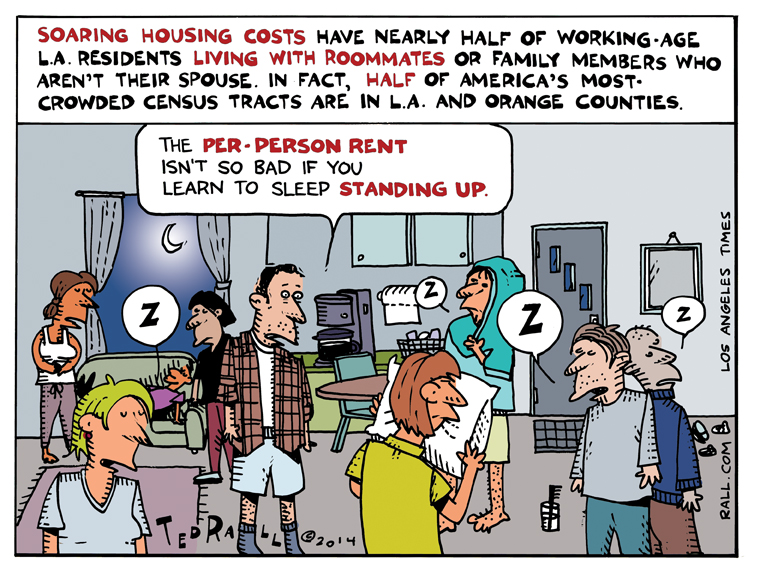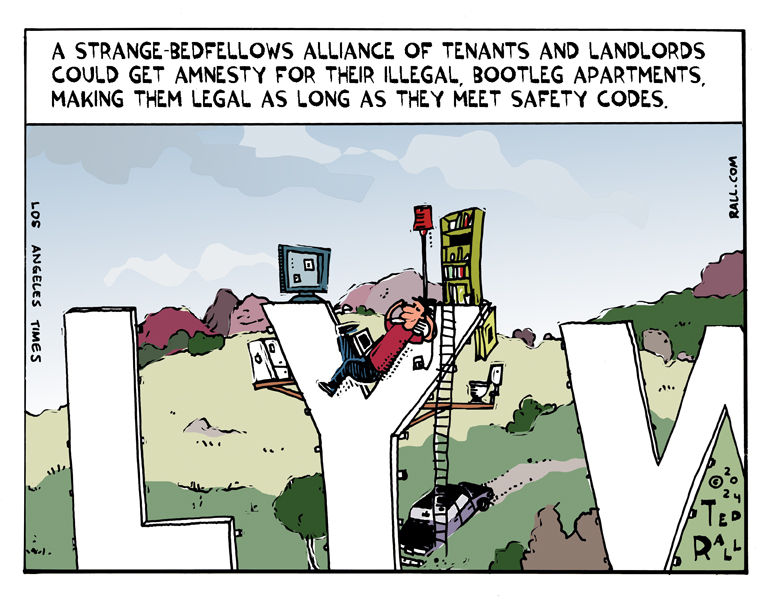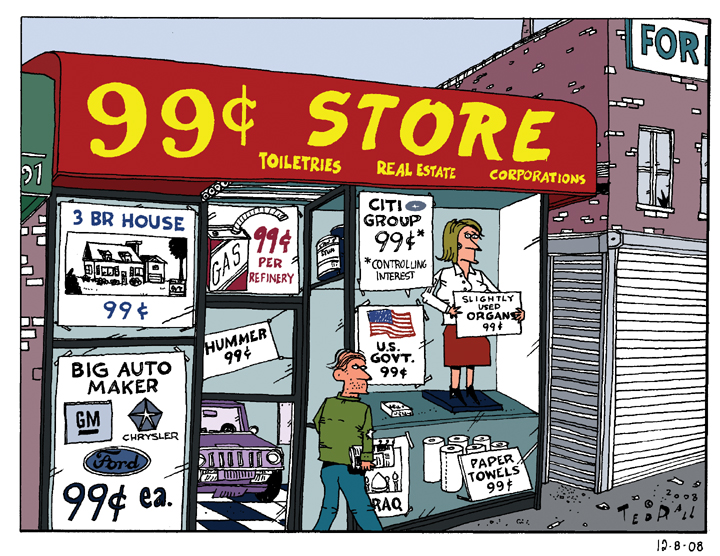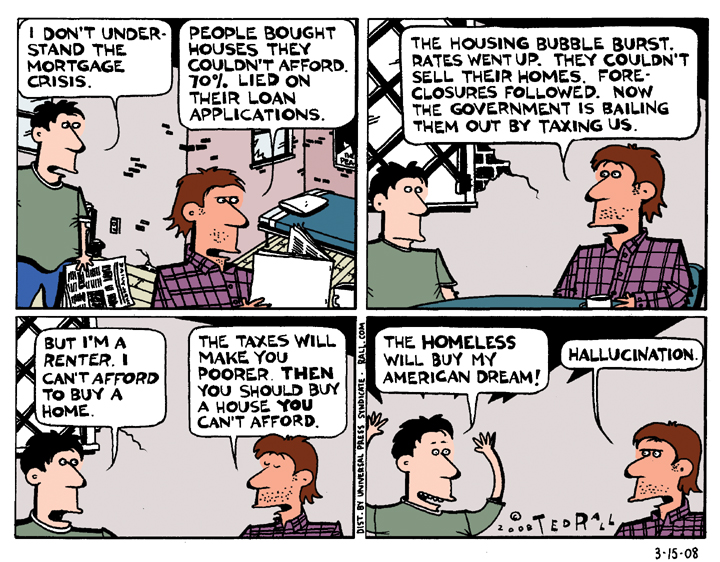Live at 10 am Eastern/9 am Central time, and Streaming 24-7 Thereafter:
A shocking (but not surprising) turn of events prompts a special edition of the show today.
First: As Israeli Prime Minister Benjamin Netanyahu smiled next to him like the cat who ate the canary, President Trump brazenly endorsed the forcible expulsion of at least 1.7 million Palestinians from Gaza so that the bombed and bulldozed site of Israeli genocide can be occupied either by U.S. real estate interests or by Israel. Manila Chan and Ted Rall break down the implications for the Middle East.
Second: Trump said that Canada and Mexico couldn’t do anything to stop his 25% tariffs on goods. “We’re not looking for a concession,” he said. Three days later, Trump paused the tariffs on both countries for 30 days, citing concessions they had made.
Trump’s tariffs threatened to increase inflation and spooked the stock market. Did Trump’s pullback have more to do with that looming economic pain than with the concessions? What happens in a month?
On today’s “The TMI Show,” Manila Chan and Ted Rall discuss the future of tariffs under Trump with wealth management and finance expert Aquiles Larrea.

